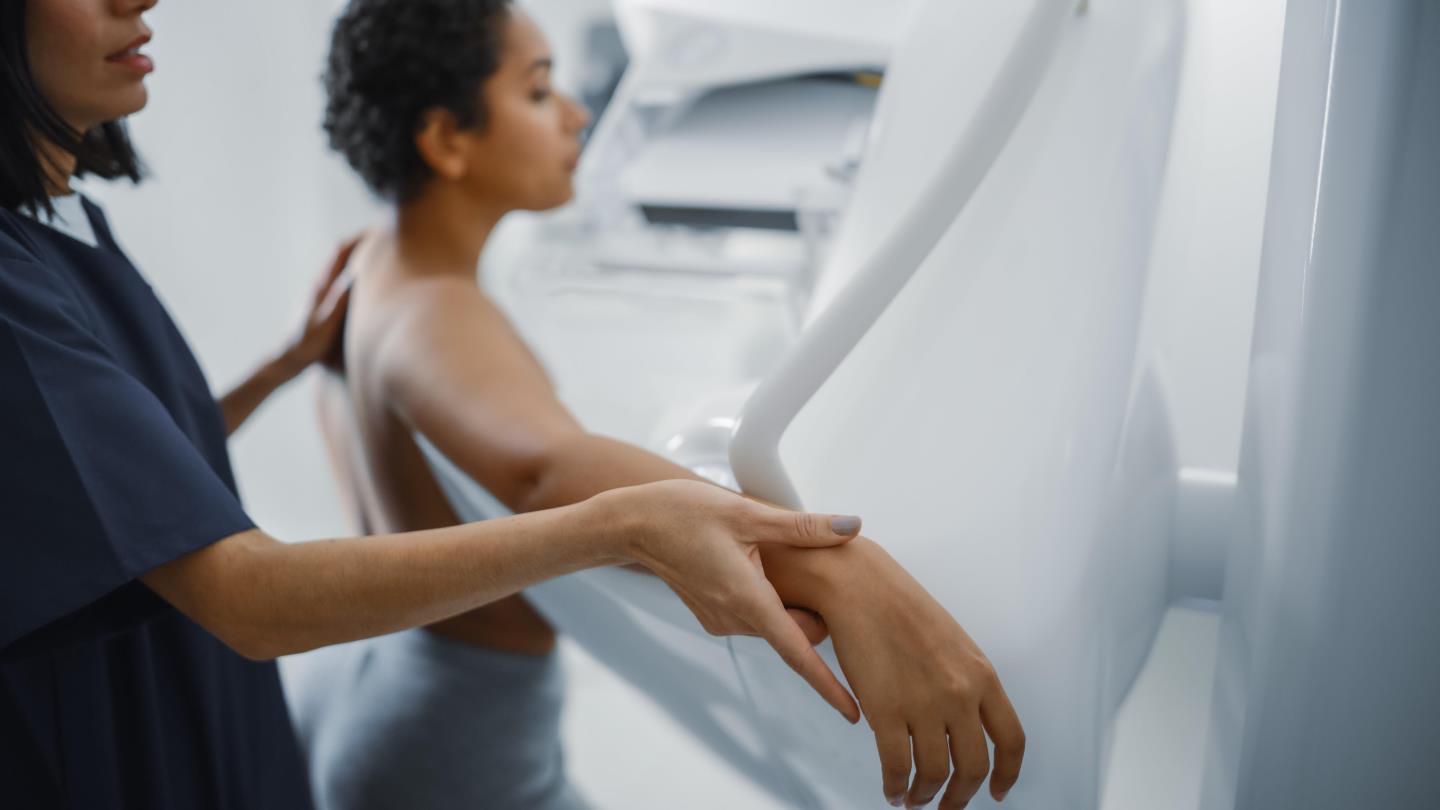Coronation Street actress Victoria Ekanoye has opened up about her diagnosis of DCIS breast cancer, but what is it?
The 39-year-old, best known for playing Angie Appleton in the Mancunian soap, became a first-time parent to son Theo earlier this year.
However, not long after his arrival, she realised something was wrong.
In July, she had been breastfeeding the baby when she discovered a lump on her left breast.
The star told OK Magazine that her family has a history of breast cancer. Her mother was diagnosed at 41 and her sister Victoria at 39.
Last month, she was officially diagnosed with a condition known as DCIS (ductal carcinoma in situ) and is set to undergo a double mastectomy.
What is DCIS?
Ductal carcinoma in situ is considered the earliest form of breast cancer you can have.
Around 6,900 women are diagnosed with it in the UK every year.
It is the presence of abnormal cells inside a milk duct in the breast, but at a stage where it has not spread to any tissues.
The condition isn’t life-threatening but does require treatment.
Without this, DCIS can potentially develop into invasive breast cancer, where cancerous cells grow through the lining of the ducts surrounding the breast tissue. There is then a risk of the cells spreading to nearby lymph nodes or other areas of the body.
Signs to look out for
According to Macmillan Cancer Support, most women don’t have any symptoms to indicate they have DCIS and only discover it through breast screening.
However, a small percentage may find a lump in the breast, discharge or bleeding from the nipple, a rash with a similar appearance to eczema, or itching around the nipple which is more likely to prompt them to contact their GP.
On a mammogram, DCIS usually appears as small clusters of calcium deposits that are irregular in their shape and size.
Who is most at risk of developing DCIS?
The exact cause of this form of cancer isn’t currently known, but there are several factors which can raise the likelihood of someone developing it.
These include:
- Having a personal or family history of breast cancer
- Having your first baby after turning 30
- Starting your period under the age of 12
- Starting menopause past the age of 55
- Increasing age
- Never having been pregnant
Treatment
The main treatment for DCIS is surgery, with the exact nature of this varying from person to person.
Typically, women will undergo breast-conserving surgery which aims to maintain as much of the breast and its shape as possible.
Occasionally, some have to get the entire breast removed which is known as a mastectomy. People affected by this will also have the lymph nodes in their armpits checked for cancerous cells.
Victoria Ekanoye has confirmed she’ll be getting both of her breasts removed in a “preventative double mastectomy” in addition to further tests to “ensure the cancer isn’t invasive.”
For advice and support regarding cancer, you can contact Macmillan’s helpline on 0808 808 00 00 or visit macmillan.org.uk

